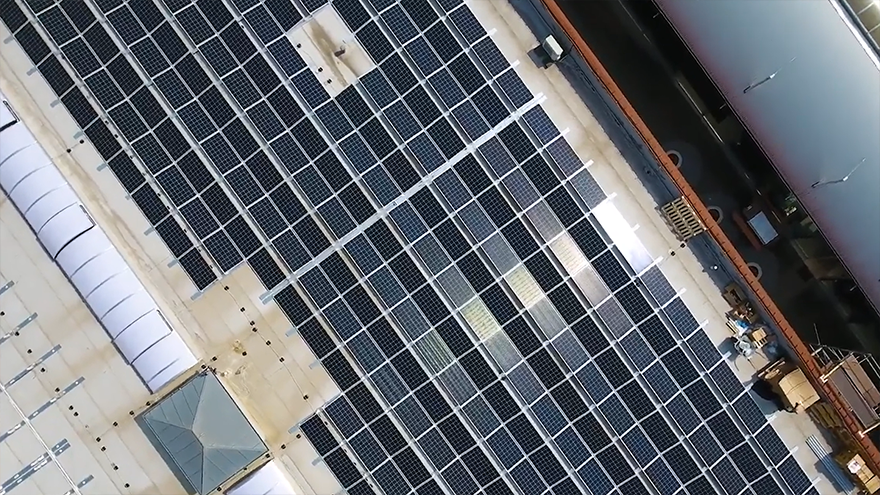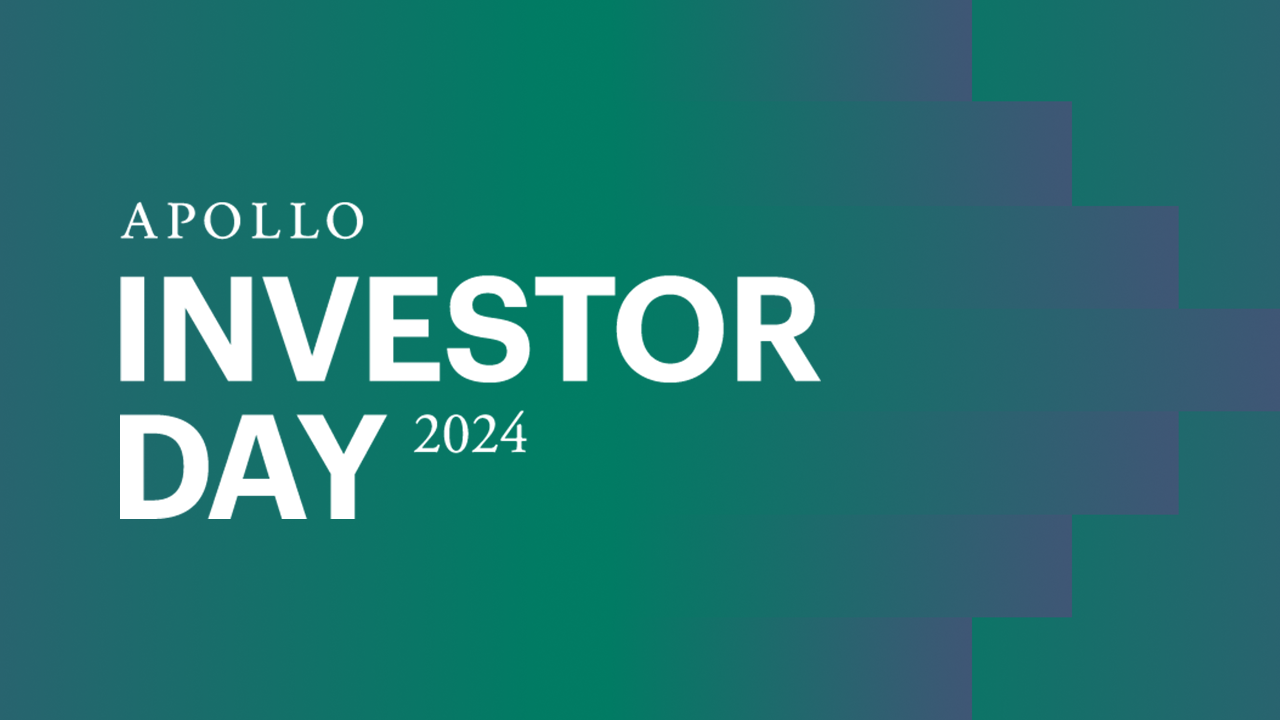Sustainable Investing Platform
Our Approach
Apollo’s Sustainable Investing Platform leverages our deep experience across asset classes to deploy capital in key sectors driving the energy transition and decarbonization. The scale and breadth of this opportunity is significant, and across asset classes, Apollo sees the opportunity to deploy, commit, or arrange more than $100 billion by 2030.
Since 2022, Apollo-managed funds have deployed, committed or arranged over $69 billion¹ into energy transition, infrastructure and sustainability-related investments, supporting companies and projects across infrastructure, wind, solar, storage and renewable fuels, as well as a wide range of technologies to facilitate decarbonization. Apollo has also played an active role in helping finance the transformation of certain traditional energy companies.
At-A-Glance
Transition Investment Framework
Apollo defines Transition investments as those which provide capital to entities contributing to the energy transition, industrial decarbonization, sustainable mobility, sustainable resource use or sustainable real estate. Potential transactions from funds across asset classes and strategies are generally evaluated based on underlying business activity, risk factors and transaction structure. This determines if an investment’s contribution is sufficient to qualify under our Transition Investment Framework.
Each potential investment is screened through Apollo’s Transition Activity Taxonomy Task Force, which is comprised of senior leaders within our Sustainable Investing Platform, to oversee the process and approve alignment with our Taxonomy.
Investments Qualify as Transition By Demonstrating Either:
Transition Activities
Case Studies
In 2022, funds managed by Apollo affiliates made a $175M strategic investment in Summit Ridge, a leading owner-operator of community solar assets. Community solar is a rapidly growing segment of the renewables market that allows individuals, businesses, nonprofits, and other groups to participate in the clean transition by subscribing to local solar farms at discounted rates versus those of traditional utilities. Community solar projects have increased access to clean energy savings in urban and low-to moderate-income markets. By the end of 2023, Summit Ridge expects to have more than 500 MW of solar and 100 MWh of battery storage projects online, providing energy savings to approximately 175,000 residential and commercial customers. With the investment from Apollo-managed funds, Summit Ridge will look to further expand its geographic footprint and continue to scale its platform.
Energos is a joint venture between Apollo and New Fortress Energy that owns and operates 11 liquefied natural gas (LNG) vessels that provide critical infrastructure for the delivery, storage, and regasification of LNG in isolated markets. The implied enterprise valuation of the joint venture is approximately $2B. The platform is underpinned by long-term contracts and accelerates decarbonization as its customers seek to displace higher carbon intensity fuels used in power generation — such as coal or diesel — with lower cost, lower emission energy.
In 2022, Apollo-managed funds purchased approximately $200M of senior secured notes of a wholly owned subsidiary of WEC Energy Group. This subsidiary owns the Tatanka Ridge and Jayhawk wind farms that together provide 340 megawatts of renewable power generation and are fully contracted under long-term PPAs with high-quality offtakers. This investment-grade private capital solution illustrates the versatility of our Sustainable Investing Platform and helps support significant renewable wind energy generation.

“Our Sustainable Investing Platform embodies our commitment to driving a more sustainable future. This platform is seamlessly integrated into the very essence of Apollo, ensuring that our business success is aligned with generating meaningful and lasting impact. Through this innovative approach, we strive to deliver lasting sustainable value for our clients and society at large.”
Olivia Wassenaar
Head of Sustainable Investing
Related Insights
Explore Other Real Asset Strategies
1 As of September 30, 2025. The firmwide target (the “Target”) to deploy, commit, or arrange capital commensurate with Apollo’s proprietary Transition Investment Framework (“TIF”) is more than $100 billion by 2030. The TIF, which is subject to change at any time without notice, sets forth certain activities classified by Apollo as Transition Activities, and the methodologies used to calculate contribution towards the Target. Only investments determined to be currently contributing to a Transition Activity in accordance with the TIF are counted toward the Target. Under the TIF, Apollo uses different calculation methodologies for different types of investments in equity, debt and real estate. The methodologies reflect for: (a) majority equity investments, (i) total enterprise value as of the date of the closing of the transactions and (ii) follow-on funding if it relates to an add-on acquisition, capital requirements to grow the company, and/or would imply an increase in the company’s total enterprise value; (b) minority equity or preferred equity investments, (i) the amount of the contractual commitment at the time of signing, if contractually binding or deemed likely to be fully deployed by the investment team, or (ii) the funded amounts as of their respective funding dates, if not subject to a binding commitment or subject to discretion with respect to the funding of such commitments; (c) debt origination platforms, the purchase price paid to acquire such origination platform; (d) secondaries transactions, (i) the total capital commitment at the time of the initial commitment in the case of GP-led/continuation vehicle transactions or (ii) the capital called as of the date of each capital call in the case of additional capital commitment obligations; (e) directly originated debt, the total capital organized and/or arranged; (f) short-term secondary debt instruments, the increase in maximum exposure, or any positive net change in exposure, on a quarterly basis; (g) other secondary debt instruments, the purchase price of acquiring the debt instruments at the time of the initial investment, and at the time of any additional follow-on investments; (h) origination or participation in warehouse facilities, the total facility size; and (i) acquisitions of existing real estate assets, the relevant equity and/or debt methodologies.








